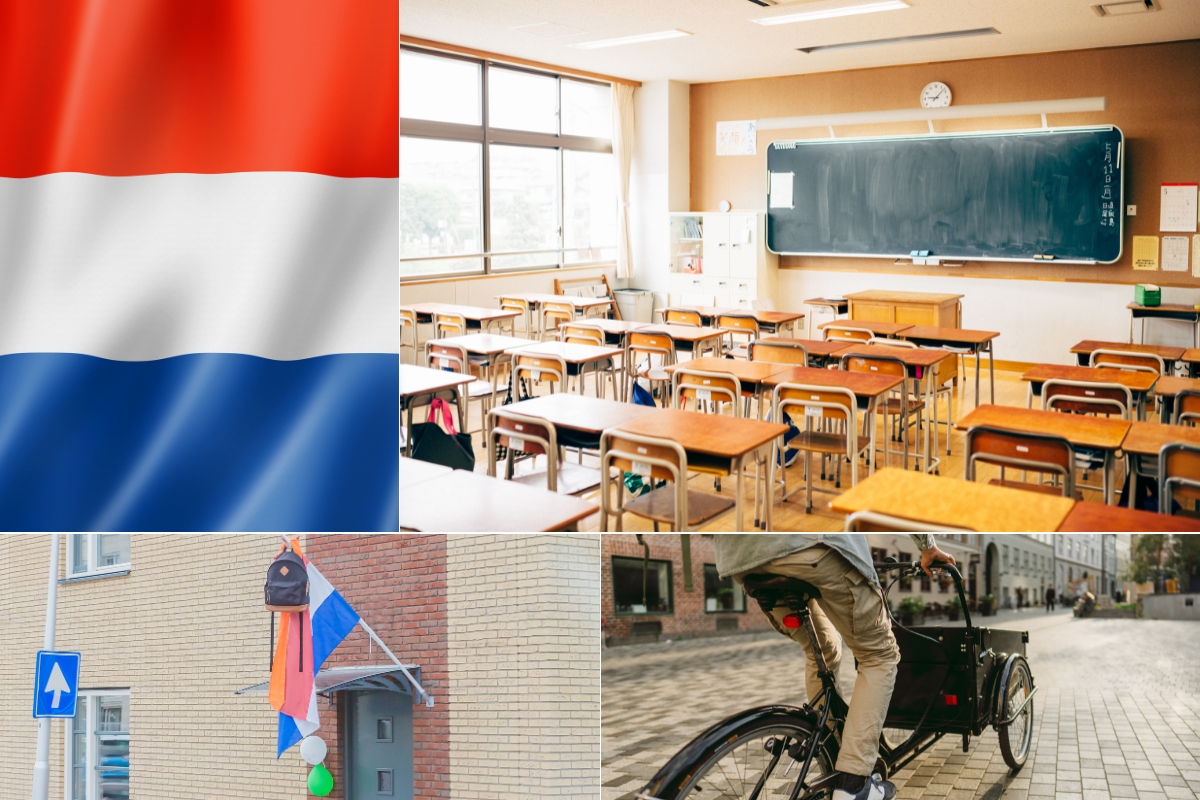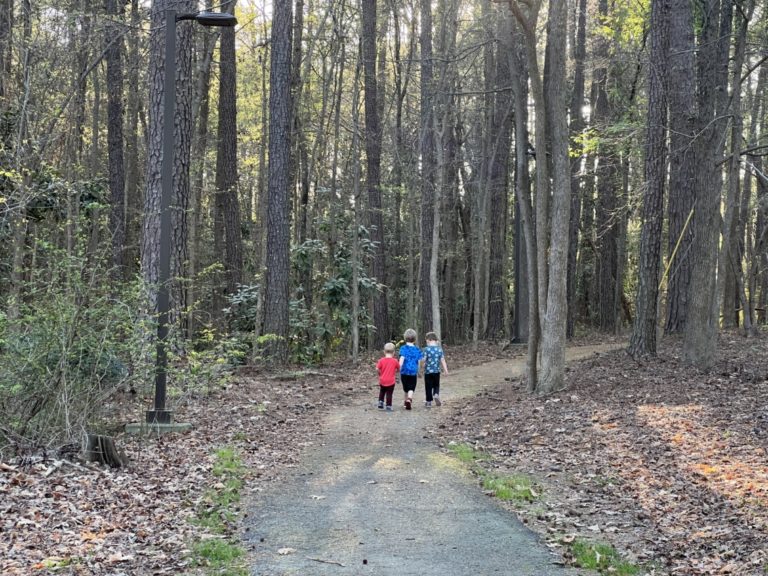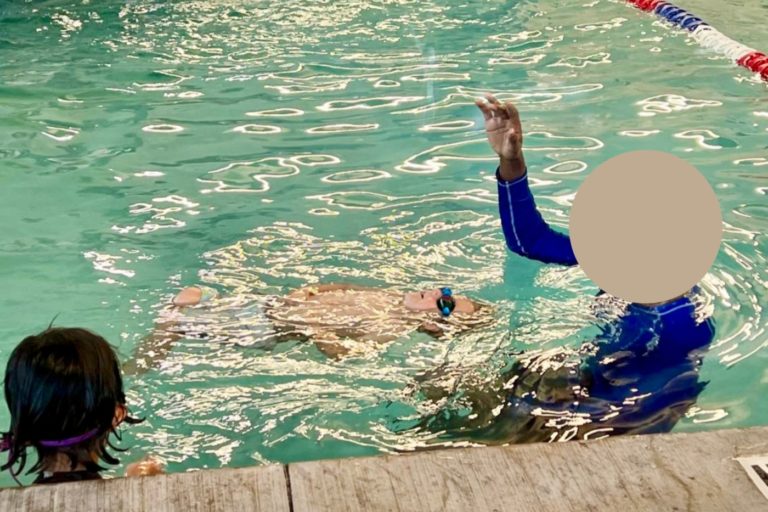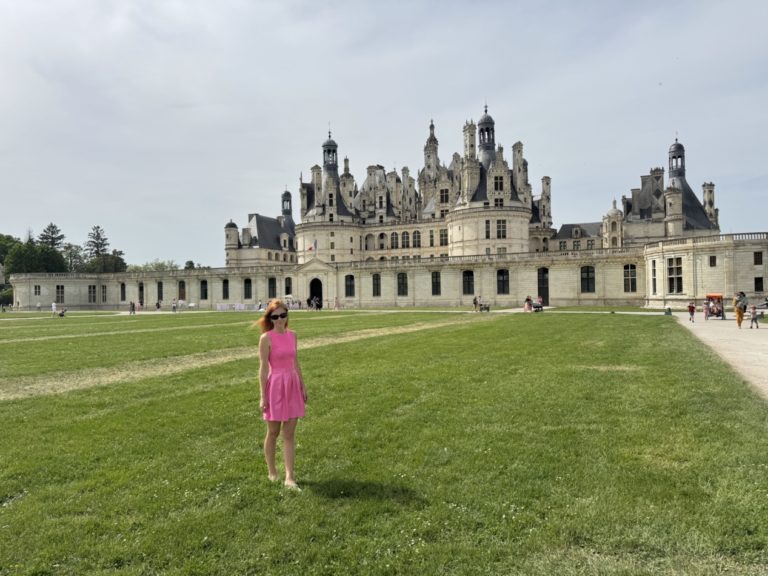Schools in the Netherlands: Understanding the Dutch Education System
Finding a school in a foreign country can be a challenge no matter what, especially when it’s a country that speaks a different language from what you and your kids are used to. Schools in the Netherlands can be confusing as the Dutch education system is unique, and each school is given a lot more freedom to set its own rules than in other countries.
When do kids start school in the Netherlands?
In the Netherlands, school is compulsory for children from the age of 5 until 16.
Primary school has lower grades that are more play-based for children who are 4 years old and most families send their kids to school then. However, legally no law forbids parents from not sending their 4-year-old to school or sending them only part-time
Unlike in other countries when the kids start school in August or September of the year they turn 4, in the Netherlands the child is legally eligible to start school the day after their 4th birthday – regardless of when it falls during the year.
Compulsory education starts on the first day of the new month after the child turns five (falls onto Groep 2 of Dutch primary).
Before school there are obviously preschools. There are two main types of Dutch preschool, daycare (kinderdagverblijf) and kindergarten (peuterspeelzaal). The first is more for working parents, while the second is a part-time option for social interactions among peers.
School types in the Netherlands
Dutch primary school has eight levels, called groepen (grades). They range from age four (Groep 0 or 1) to twelve (Groep 8), including two years of kindergarten at the beginning of primary school.
The first two years of primary school are usually combined into group 1/2 in one classroom and treated like non-academically focused preschool/kindergarten. Children aren’t taught to read or write, but instead they focus on play with occasional teaching elements like recognizing their names or basic counting.
When your child’s birthday falls in the year matters at first, as it officially determines the group placement. If your child turns 4 between September and December they enter Group 1 directly after their 4th birthday. If their birthday falls between January and June, then officially children enter Group 0 and enter Group 1 next school year.
Almost all schools don’t have a separate Group 0, so kids will still be in the Group 1/2 classroom. However, depending on their birthday they can spend there either 1.5 years or 2.5 years. Keep in mind that bumping the kids up from Group 0 straight to 2 isn’t unusual and keeping the child for another year in Group 2 isn’t unusual either. These placements are very flexible in reality.
At the end of Group 8, children begin secondary school (middelbare school) and this is when things get confusing to outsiders. All children tend to receive a recommendation from their teachers in Group 7 on what stream of education should they follow after primary school: VMBO, HAVO, or VWO.
Option 1: VMBO (voorbereidend middelbaar beroepsonderwijs) is a four-year vocational stream focusing on practical skills and knowledge.
Students in this stream will most likely continue further vocational training (middelbaar beroepsonderwijs, or MBO). This track allowed students to gain skills needed for more hands-on jobs.
Option 2: HAVO (hoger algemeen voortgezet onderwijs) is a five-year high school stream that prepares students for higher professional education.
Not that this route doesn’t lead to university entry. Completing a HAVO diploma allows students to study at a school of applied sciences (hogeschool) which is different from a university, as it focuses more on applied skills rather than research (for example, you won’t find a history or linguistics degree at hogeschool).
A hogeschool will get you a professional bachelor’s degree, while a university will get you an academic bachelor’s – they are not equivalent. Universities of applied sciences are not allowed to call themselves a “University”. In Dutch they’re called a “hogeschool” or HBO.
Hogeschool bachelors will not allow you direct acces to a university master. You will have to do a premaster or if that option isn’t available you won’t be allowed access at all.
Option 3: VWO (voorbereidend wetenschappelijk onderwijs) is a six-year high school program for students intending to pursue the academic path of a bachelor’s degree at a research university (wetenschappelijk onderwijs, or WO). This program is most theoretically challenging and Latin is compulsory.
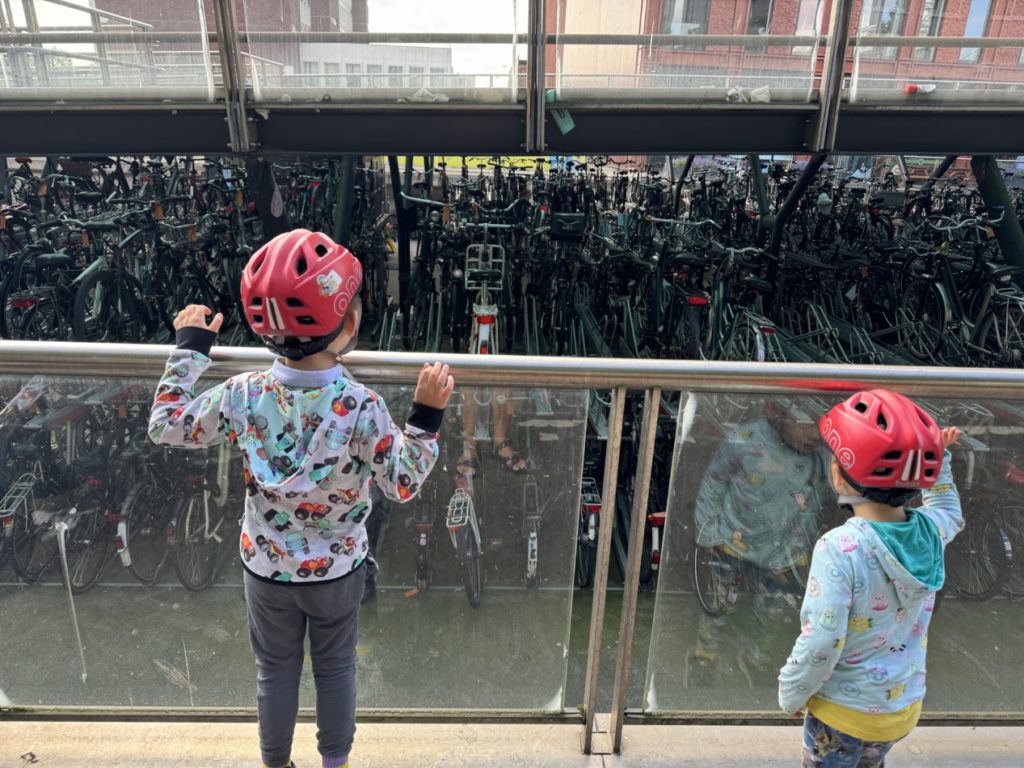
Primary school types in the Netherlands
One of the most unique features of Dutch education is that schools are given a lot of freedom in terms of their methods of education. Every school obviously needs to teach core knowledge of reading and writing, but most things are truly up to the school’s values.
That said, everything can vary depending on schools. It can be filled with museum lessons, group work, time for gardening or work at home, or anything the school wants to encourage. Generally, groups 1 and 2 are mixed as one kleuterklas, but some schools have groups 1 through 3 in one classroom.
Even hours of operations can vary as most schools do Wednesday half-day, but it’s not unusual to see schools with also Friday half-day in groups of up to group 4.
There are two categories of both primary and secondary schools: regular (openbaar) public schools run by the government and special (bijzondere) schools that are independently run but are still very much approved and public schools. That said, some towns might only have special schools available.
The school might have a religious profile. They’re open to any faith, but kids will be required to participate in religious celebrations if that’s the school’s profile.
Then there are Montessori schools, which are very popular in the Netherlands. They merge groups and focus on independence and learning based on abilities in smaller groups.
Next are Waldorf and Steiner schools, which focus on creative outdoor education without much structure.
Then there are Dalton schools that encourage students to make their plans and schedules and take responsibility for the outcome. The difference between Dalton and Montessori is that kids are grouped by age in Dalton, whereas in Montessori they have mixed ages (4-6, 6-10, 10-12) with older children encouraged to help the little ones.
Plus, there are also Jenaplan schools which is a concept that many regular schools are turning into. Jenaplan encourages social responsibility among different ages, and focus more on practical skills rather than theoretical learning. Various schools don’t have official classes or classrooms, or separation of subjects, and everyone learns where they prefer sitting.
Regardless of the school field trips to local museums or events are very common. In older grades, at usually the age 7 or 8 years there might even be overnight trips. For many field trips or school activities Dutch swimming diploma is required, so it’s something you definitely need to look into as well.
Public vs private vs international (with options for newcomers)
The first decision to make is whether to send your children to an international school or a Dutch school. If you’re only in the Netherlands for a year or so, then it’s a no-brainer – international school is a solution.
However, if you’re not sure how long you’re planning on staying in the Netherlands things can get tricky. If your children are 11 or 12 then most schools recommend international school, since there’s no sufficient amount of time for them to learn Dutch and to pick the appropriate stream.
For younger children, things can depend. If there’s a chance that you might leave the Netherlands when your child is 7 the problem is that the Dutch school system starts reading and writing later than many others, for example, the US and the UK.
While the children won’t be behind their peers at the end of primary school, if you decide to move at the age of 6 or 7 your child will be considered very behind in the British and American systems and might need to repeat a year back home, because children in Dutch Group 4 (8-9-year-olds) are doing the same thing as American 1st graders (6-year-olds).
International schools in the Netherlands (British, European, Bilingual) aren’t exactly cheap and range between 14 to 28,000 EUR a year. There are some subsidized public bilingual schools (with fees of around 5000 EUR), but most have significant waitlists.
There’s a stigma against sending a child to an international school in the Netherlands if you’re unsure if you’re going to stay in the country. Private schools in the Netherlands aren’t prestigious because public education is good so many privates are for kids needing extra support or temporary residents.
It also has to do with integration, but the truth is that kids at bilingual schools don’t really learn Dutch enough to later join a regular school or even participate in local activities. That said, it’s best to attempt a regular public school.
If you picked an international school the most popular choices are, but it depends on where are you planning on living:
- British School (of the Hague or Amsterdam – they are two separate schools and Hague one has multiple campuses slightly outside of the Hague metropolitan area)
- European School of the Hague
- European School of Bergen
- Winford Bilingual (Amsterdam, Hague, Haarlem campuses)
- International School Haarlem
- International School Hilversum
If you decided to put your child into a Dutch school…
There’s a set of official rules, but in reality, things can vary depending on the town, specific schools, or current situation. With the influx of newcomers and refugees in recent years things had to be adapted because there were too many children on waitlists for immersion courses. That said, speaking from experience, official rules don’t always mean that things aren’t different.
The general rule is that 4 and 5-year-olds who don’t speak Dutch can start a regular primary school in Dutch straight away. They learn quickly and by the time Group 3 comes and formal education starts they have no issues.
Children 6 and over are officially directed to a special immersion school called taalklas or taalschool. They stay there for about 6 months up to a year focusing on learning Dutch and translating their skills into Dutch. Then, the taalklas along with parents determine which group the child should be placed in at a regular Dutch school (usually the age-appropriate group).
However, as I said things will vary per the school’s procedures and specific circumstances these days. It’s not unusual that a school recommends that a child enters Group 3 or 4 directly into the Dutch school with some extra language support. It truly varies depending on the school.
The Application Procedure
The application procedure for Dutch schools differs by city, and sometimes even school. There’s no base school in the Netherlands, but a certain priority applies to the 6 nearest schools, as long as you apply on time at 3 years old basically.
For older children, you need to find out whether a school of your choice has free spots. This can be done by either emailing the schools directly, or requesting a list from Schoolwijzer (it works in Haarlem for example, but in Leiden, there’s no general list).
Ultimately, you need proof of your address, birth certificate, and immunization records to enroll a child in school.
Important things to note about schools in the Netherlands
First and foremost, the Netherlands has some of the strictest attendance policy (leerplicht), along with Germany. This means your child cannot miss even a day of school unless it’s a pre-approved absence from a principal.
Reasons for absence could be a child’s surgery, extreme illness (note that Dutch schools don’t have sickness policies like other countries where and whether it’s lice, diarrhea, ear infection, or chickenpox, children can and are encouraged to attend school unless they’re feeling lethargic), or death in the family.
Absences are not approved for family vacations or random reasons by any of the schools in the Netherlands. If you skip school for a family holiday you will be fined at least 100 EUR a day and a police might knock on your door to check what’s going on.
The leerplicht rules apply to both public and private international schools in the Netherlands and are usually shocking to newcomers.

